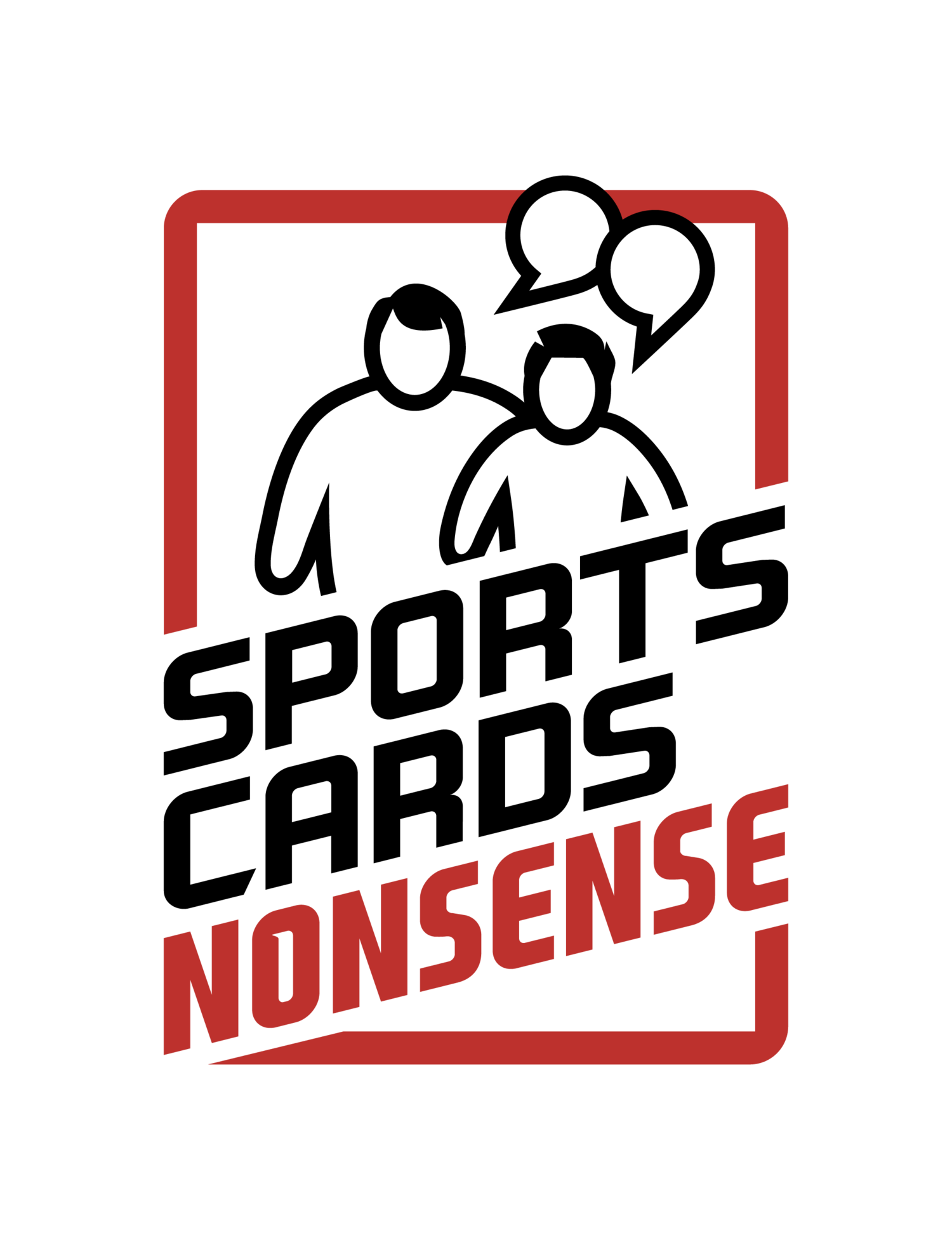Gem Rates
Today, ladies and gentlemen, I’m going to drop some knowledge on all ya all!
You probably think I’m just another pretty face in the hobby, which is true (Not), but I am actually somewhat educated and less-so sophisticated.
Nonetheless, today, we are going to school.
A Game Changer
Grading has for sure changed the game in the hobby.
Back in the day, people literally laughed at the thought of a third-party telling me what condition my card was in — literally they did.
But that was then, when card evaluations could often turn into shouting matches at show tables, and the hobby was the wild west of card conditions! I can remember literally seeing two grown men arm wrestle to determine whether a card was mint condition or near-mint.
Nowadays, however, you’d have to be either very, very, very old school, or very, very, very ignorant to the hobby not to recognize that grading has changed everything.
Now, there are tons of facets to grading as well, a slew of variables that influence the ultimate value of a particular card.
Everything from the grading company doing the actual grading itself, to the infamous population count of a card, and a few others in between to boot.
All of these play some role in figuring out just what your card is worth in a PSA slab, an SGC slab, a Beckett slab or even a slab from some of the more obscure grading companies that have cropped up over the past few years.
But today, I want to zero in on a grading factor that doesn’t get too much love.
In a sense, it’s the Rodney Dangerfield of the grading world — it gets no respect.
And what am I talking about?
Gem rate.
Get the calculators out.
It’s math…. Everything is math at its core right?
But this math isn’t exactly Calculus, but to those of us in the hobby, it’s a pretty important formula.
Gem rate is nothing more than the percentage of cards submitted to a particular grading company that come back a gem-mint grade.
Sounds simple because it is pretty simple.
For example, and I will stay within my beloved hockey for this example, Matty Beniers 2022 Upper Deck Young Guns is the chase from last year’s Series 1 product.
If you should be fortunate enough to pull one of these, or purchase one raw, you may be thinking about sending it off to sunny California (PSA) for grading.
But wait….
Thus far, PSA has graded 3,647 Beniers Young Guns #213 cards.
Of those, 1,168 have come back a PSA 10 grade.
So, doing the math (# of 10s-divided by total number of cards graded), that means the gem rate for a Beniers Young Guns is about 32 percent.
So, basically one-in-every-three submissions of this card are going to come back as a Gem-Mint 10.
Furthermore, if you look at the value of a PSA 10 right now, according to Ebay sold listings, they hover around $100.
So, you have to ask yourself, am I better off submitting these myself, or just buying a PSA 10, given the fact that statistically I have a 32% chance of getting a PSA 10?
Raw Beniers Young Guns sell for around $20.
So to buy three of those at $20 a piece means you’re dropping $60 with the hopes of one of those getting a PSA 10.
Then, factor in grading fees, which are at least $25 per card, and return shipping at about $20 total, and you may be spending upwards of $150 with the hopes of getting one PSA 10 (statistically, anyhow) with about $100.
You’ll have to make that choice.
Why does this matter?
It matters because cards with a lower gem rate have a better chance of holding their value than to those with a higher gem rate.
It’s supply-and-demand economics, for the most part.
There are less PSA 10s out there, meaning there are less to meet the demand.
And, in turn, the value goes up.
It’s one of the things I enjoy about the hockey hobby.
These Young Guns rookies, which are widely considered to be the standard in rookie cards, are paper cards.
They’re fragile.
They rarely have gem rates that flirt with 80% like some prism products do in other sports.
This means they tend to be better value-holders, which is not a bad thing at all.
Now, admittedly, gem-rate is not the end all be all.
Things such as population count does make a difference, a significant one, in fact, but that said, people need to doing more math and start paying more attention to my beloved gem-rate.
Class dismissed.

